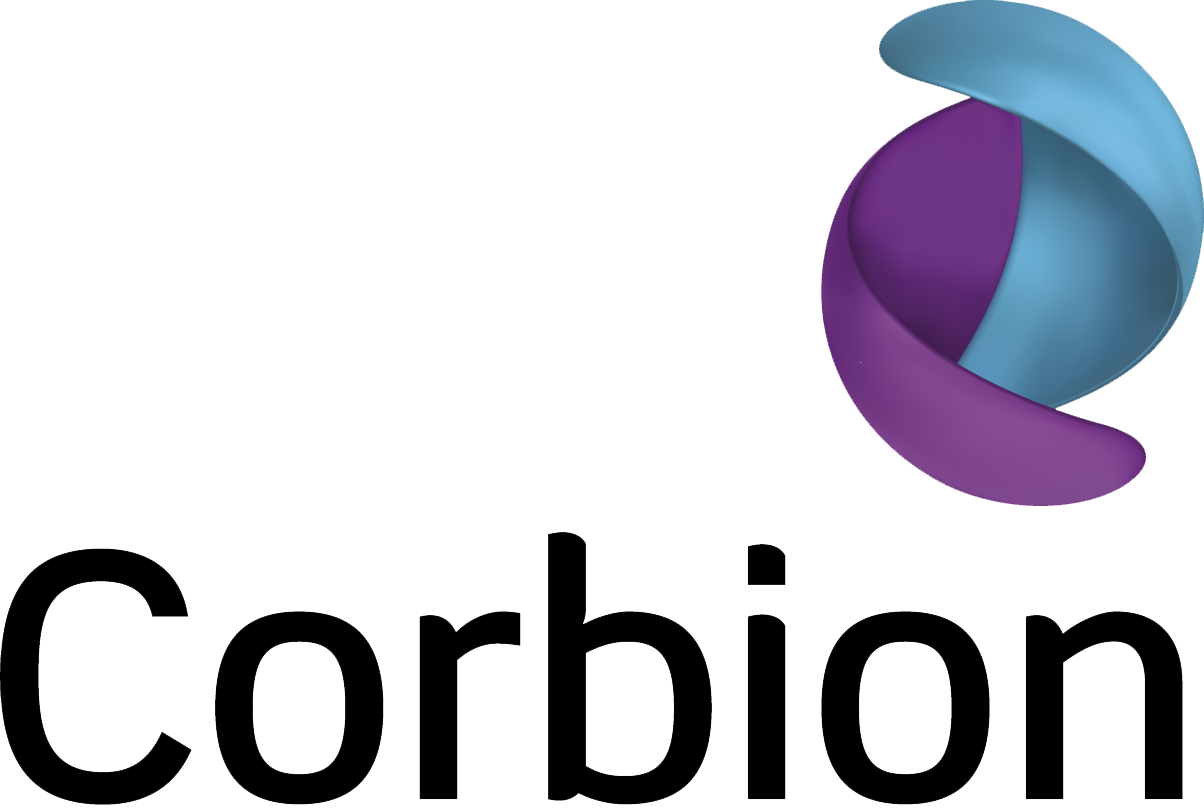Taking giant steps to minimize our carbon footprint
Why are we doing it?
I am a project manager with a passion for sustainability, but also a mum with kids, and I live at sea level. I don’t want to lose our home – and I don’t want the children of the world to lose their home either due to various climate change issues.”
Suzanne Verhoef – Senior Project Manager, R&D
What are we doing?
Perhaps the greatest outcome of the Paris Agreement was providing future direction that we should limit global warming to below 1.5°C by 2030 to avoid the worst climate impacts. It’s an ambitious goal – and one that Corbion is now fully aligned with, having recently decided to raise our ambition level regarding our own emission reduction target. The Paris Agreement, however, has provided little guidance on how to get there. So, how will Corbion reach this goal?
“We have collected the relevant information on our production processes and the products we make,” says Suzanne. “This includes the energy usage and raw materials used – and the projected growth ambitions.” By doing so, we know our footprint of today, and more importantly, our projected emissions over the coming eight years.
To identify opportunities to reduce our carbon footprint, Corbion is conducting ‘deep dives’ at various facilities. For example, by reducing the use of steam in the manufacturing process – and then sharing that knowledge organization-wide. “Longer term, we are also heavily investing in improving our lactic acid production process to lower our footprint even further,” says Suzanne. Corbion is building a new circular lactic plant at our existing site in Rayong, Thailand. It will use state-of-the-art circular technology to reduce cradle-to-gate CO2 emissions per metric ton of lactic acid by 19% compared to conventional technology. “And besides that, Corbion is working on low-carbon powder production processes and also more sustainable solvent manufacturing.”
How are we doing?
Achieving these ambitious targets won’t happen overnight, but another way of accelerating progress is to look beyond Corbion. “We’re also working even closer with our value chain partners to reduce their own emissions – which of course represent part of Corbion’s overall footprint,” says Suzanne. “Just one example is the soil health program, in which we team up with Cargill and other players across the food industry supply chain to promote adoption of regenerative agriculture practices that lower CO2 emissions, preserve agricultural productivity, and enable long-term food security.

